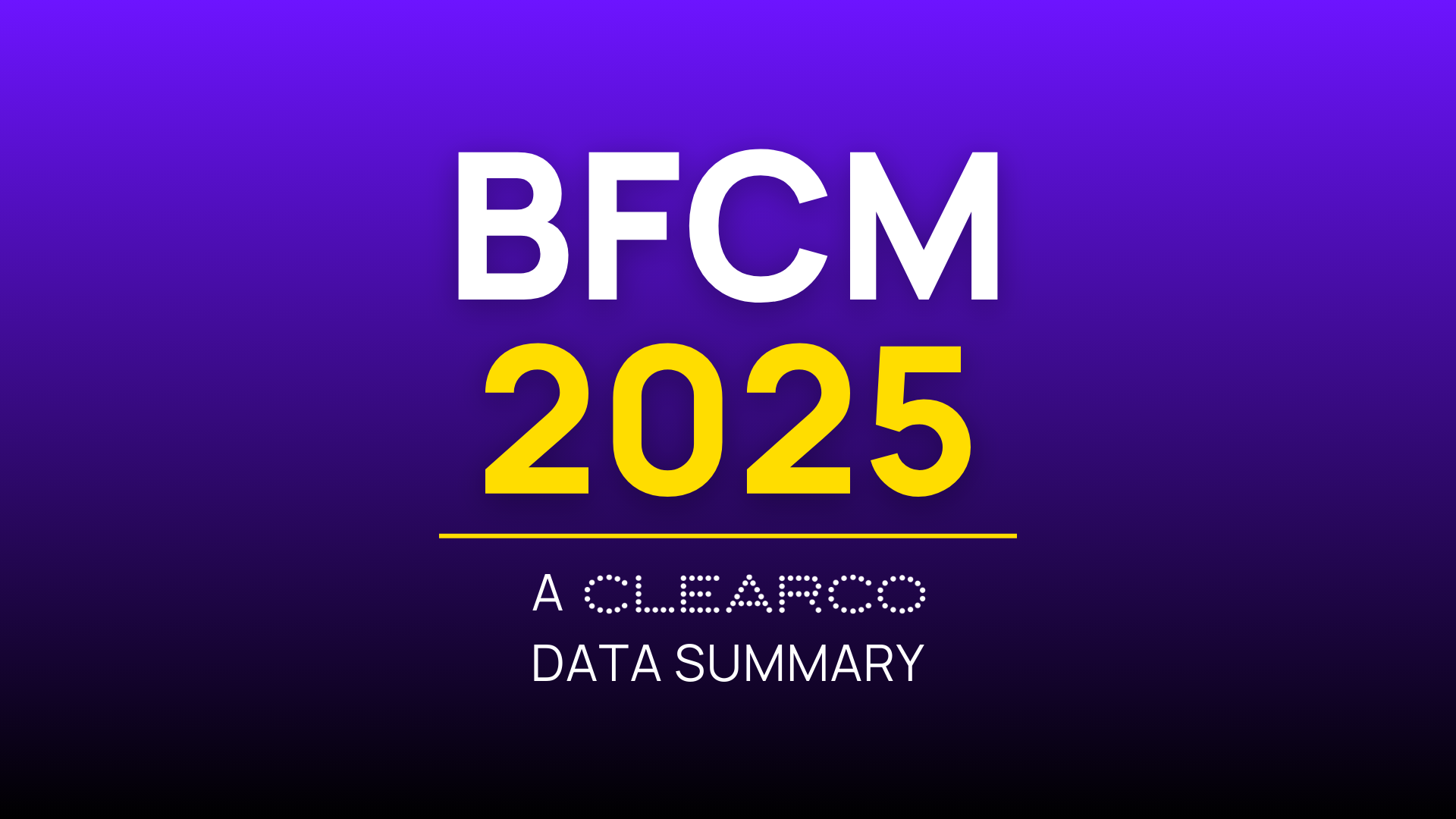What is a Capital Stack? Understanding Ecommerce Funding Strategies

What is a Capital Stack? A "capital stack" refers to the mix of capital options a business uses to achieve its financial goals. For example, a founder might initially fund operations using personal savings or money from family and friends. As the business grows, it may attract venture capitalists who offer funding in exchange for equity. However, if the founder wants to grow without giving up their stake, they might explore other funding options like Invoice Funding, a Merchant Cash Advance, revenue-based financing, or a traditional loan.
The combination of these funding sources becomes the "capital stack"—the strategic blend of financing options that help a business achieve its objectives.
When Should Ecommerce Brands Use a Capital Stack Instead of Single-Source Funding?.
If you've been involved in building an ecommerce brand, you're likely familiar with the concept of a "tech stack"—a collection of technologies and tools that a business uses to develop products and manage operations. Similarly, a "capital stack" refers to the various funding sources a business utilizes, tailored to its specific needs and workflows. For example, Shopify to sell products, GoBolt to handle inventory fultillment, PayPal to collect payments, and Meta or Google for ad spend.
While the idea of a capital stack has traditionally been associated with real estate, it is now gaining traction in the ecommerce sector. Consider, for instance, a shoe brand that plans to build a warehouse to expand its product lines. The company secures 60% of the purchase price through a loan. Although it could cover the remaining 40% in cash, the founders choose to conserve their short-term assets for upcoming expenses like inventory.
To manage both the warehouse purchase and cash flow needs, the business opts for invoice funding to cover inventory and ad spend. This strategic combination of multiple funding sources creates the company's capital stack, enabling growth while preserving financial flexibility.
An Ecommerce Capital Stack Example
Conventional wisdom often suggests that borrowers choose funding that has the lowest possible fee, or is stretched out for the longest possible term. This is not always true with ecommerce’s particular mix of cash flows.
Ecommerce brands have many cash outlays that are paid up front, but are part of the cost of goods sold (COGS). Inventory, fulfillment, or shipping costs are all examples of these outflows. When the goods are finally sold, the business will recoup the cost.
Compare this to an overhead expense such as the purchase of a truck, industrial equipment, or warehouse. While it might be wise to take a 3 year bank loan for your warehouse or box truck, it may not make sense to buy inventory with the same 3 year loan. After purchasing the inventory, the business sells the goods, recoups the COGS, and buys more from the supplier. The inventory can move in a matter of months or even hours. Had the business used the term loan to purchase the inventory, it would still be paying for goods it had already sold!
What Makes a Good Capital Stack?
A well-structured capital stack aligns the right funding sources with the specific cash outflows of the business. Traditional loans work well for large, long-term investments like equipment or property. On the other hand, short-term options like invoice funding are ideal for covering costs associated with goods that will be sold quickly. By combining these funding sources strategically, businesses can create a capital stack that offers both flexibility and growth potential.
Think your business could benefit from a smart capital stack? Explore how Clearco can help you build the right mix of funding options for your ecommerce brand.


.png)

